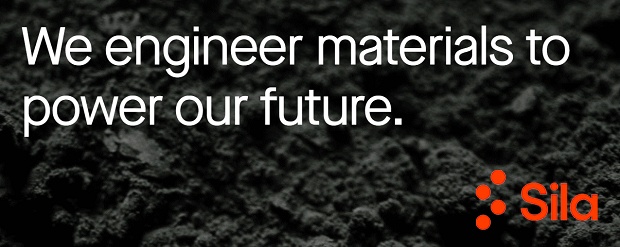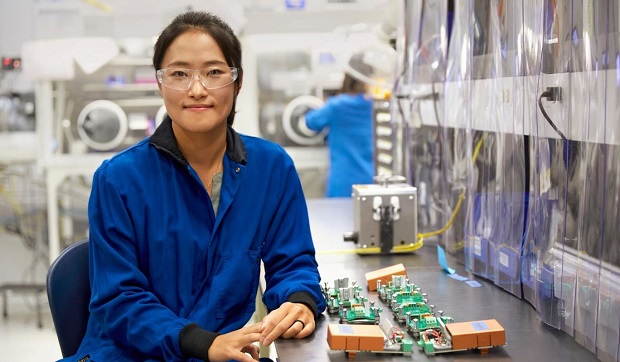Below is our recent interview with Gene Berdichevsky, CEO at Sila:

Q: Can you tell us something more about your recent announcement?
A: Sila is making an initial investment to deliver annual silicon-based anode production sufficient to power 10 GWh of cells when used as a full graphite replacement, or up to 50 GWh of cells when used as a partial replacement. This is enough material to power batteries in up to 100,000-500,000 premium electric vehicles and 500 million mobile phones annually.
Q: Can you give us more insights into your offering?
A: Sila works to enhance all aspects of battery performance, produce quality-controlled silicon anode materials at scale, and support implementation to ensure customers achieve their goals and safety requirements for shipping products.
 Recommended: QuotaPath Offers Sales Compensation Strategy And Automated Management As Well As Commission Tracking
Recommended: QuotaPath Offers Sales Compensation Strategy And Automated Management As Well As Commission Tracking
Q: What can we expect from your company in the next few years? What are your plans?
A: Production lines at the facility will start-up in the second half of 2024, with full start of production underway in the first half of 2025. The Moses Lake site has the potential for further expansion and investment by 15X to reach production volumes to power 150GWh of cells when used as a full graphite replacement or 750 GWh as a partial replacement – enough to power 2 to 10 million electric vehicles per year.
 Recommended: HVL Helps Entrepreneurs Navigate Their Journey To Faster, Sustainable Growth
Recommended: HVL Helps Entrepreneurs Navigate Their Journey To Faster, Sustainable Growth
Q: What is the best thing about your company that people might not know about?
A: After ten years of research and development and 55,000 iterations, the Sila team was the first to industrialize and make commercially available a next generation lithium-ion chemistry with dramatically higher energy density.

